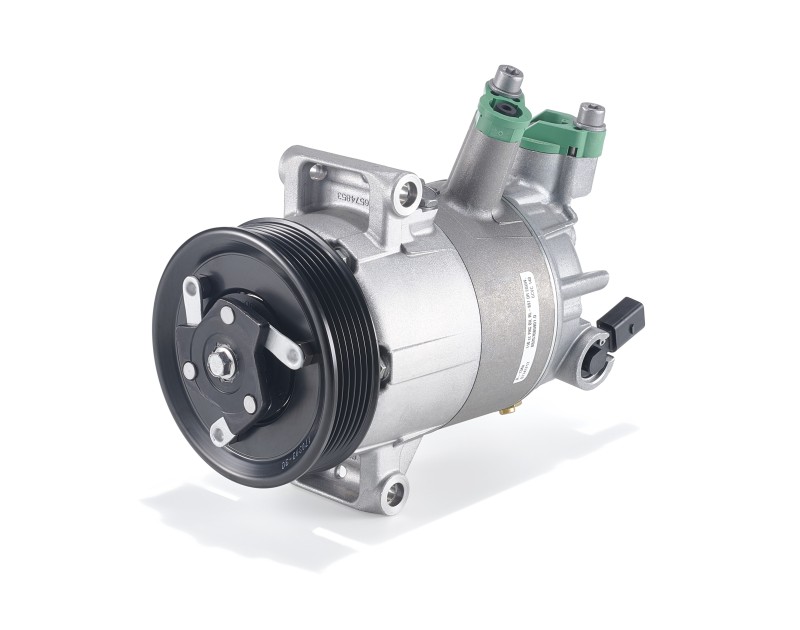
A/C Compressors
An A/C compressor is indispensable for temperature management in a passenger car: It compresses the gaseous refrigerant, heating it up in the process. The refrigerant passes via the intermediate stops of the A/C condenser and the evaporator, where the required evaporation cooling for the cabin is produced, and it is then returned to the A/C compressor—and the cycle starts all over again. The unit is generally driven by the engine via a V-ribbed belt. For lubrication, the A/C compressor is filled with a special oil, some of which circulates through the air conditioning system with the refrigerant. The size of the A/C compressor varies according to the size of the system. With the acquisition of the thermal management activities from Delphi Automotive PLC and the resulting integration of the new air conditioning compressor product group into the MAHLE Group, MAHLE has further expanded its leading position as an original equipment manufacturer. MAHLE is also the competent technology-partner for all leading OE-manufacturers when it comes to vehicle cooling and climate control. MAHLE Aftermarket’s range of high-quality A/C compressors is extensive and includes the latest generation of electrically driven, vehicle-specific units.
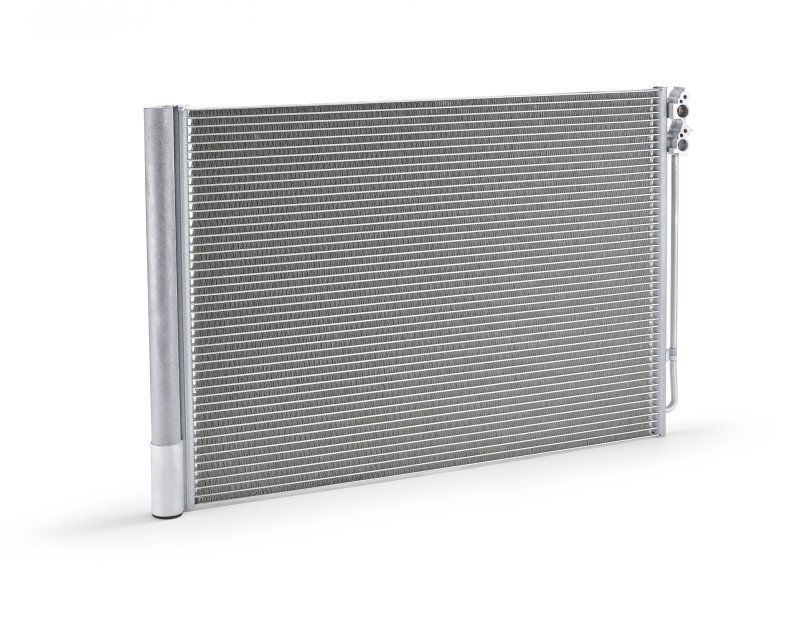
A/C condenser
The A/C condenser is the counterpart to the A/C compressor: The latter compresses and heats the refrigerant, while the condenser reduces the temperature again. To this end, the gas flows through the pipework and fins of the A/C condenser installed upstream of the coolant cooler, thereby emitting heat. This lowers the pressure and causes the refrigerant to liquefy. To facilitate logistics and assembly, MAHLE’s range not only includes numerous A/C condensers but also finished modules. These are ready-made units comprising a flat-tube condenser and the collection/expansion tank with integrated drier.
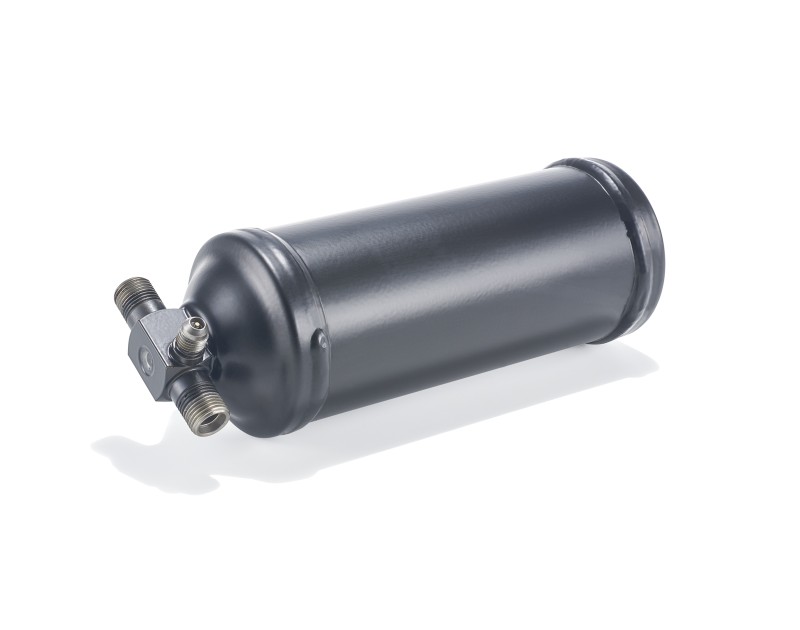
Filter-drier and accumulator
If the refrigerant is contaminated or contains moisture, this may damage the compressor and other components. The carefully produced MAHLE filter-driers, which—depending on the system—are also called accumulators, prevent this: the liquid refrigerant flows through this component and passes through a hygroscopic filter, which retains both moisture and fine particles. However, as the filter-drier can only absorb a limited amount of moisture before the drying medium becomes saturated, it must be replaced regularly—every two years or every time the refrigerant circuit is opened. Filter-driers from MAHLE also fulfill another important task: their top section serves as a compensation chamber, while the lower section acts as a refrigerant store. This compensates pressure fluctuations in the system in an optimal way.
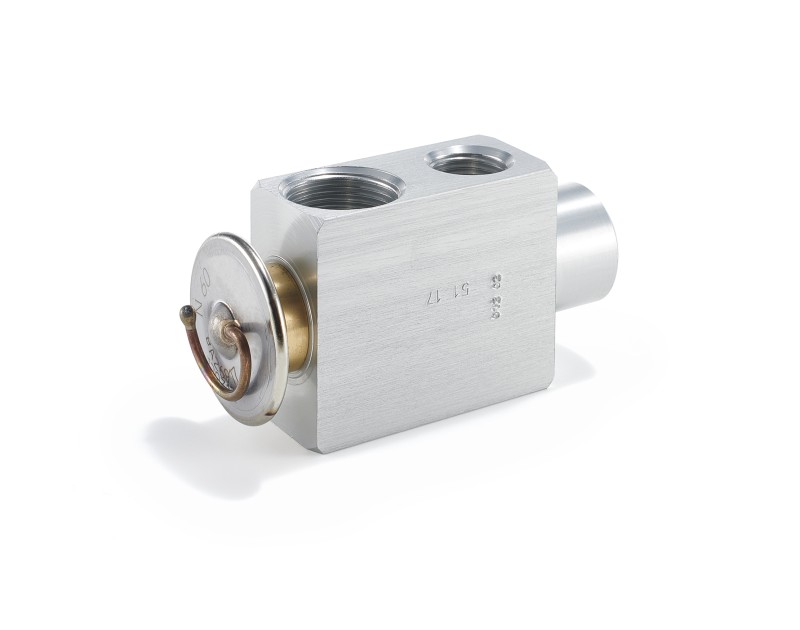
Expansion valve and orifice tube
The expansion valve—or, depending on the design of the air conditioning system, the orifice tube—is located upstream of the evaporator and separates the high- and low-pressure areas in the refrigerant circuit. The liquid refrigerant is injected into the evaporator via the valve, where it is converted into gas, producing the required evaporation cooling. To achieve optimal cooling performance, MAHLE expansion valves or orifice tubes regulate the refrigerant flow precisely as needed.
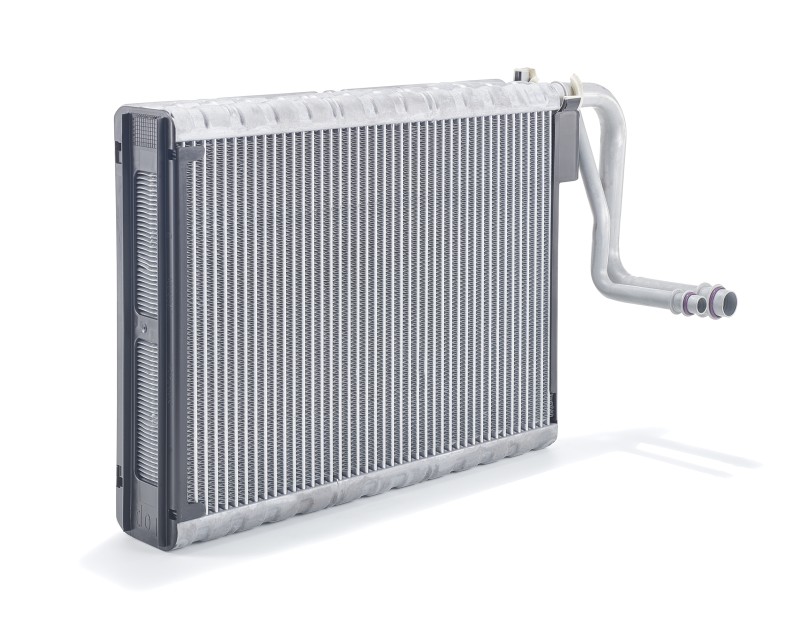
Evaporator
The evaporator is a core element of temperature management. It is located in the vehicle cabin below the dashboard and is integrated into the ventilation system. The evaporator takes care of the heat transfer between the surrounding air and the refrigerant in the air conditioning. Under high pressure, the liquid refrigerant transforms into a gaseous state. The evaporation cooling generated by this process is then dissipated into the environment via the large surface of the evaporator and routed directly into the vehicle cabin by the blower’s air flow. MAHLE evaporators are characterized by their high performance, small packaging depth, and low weight.
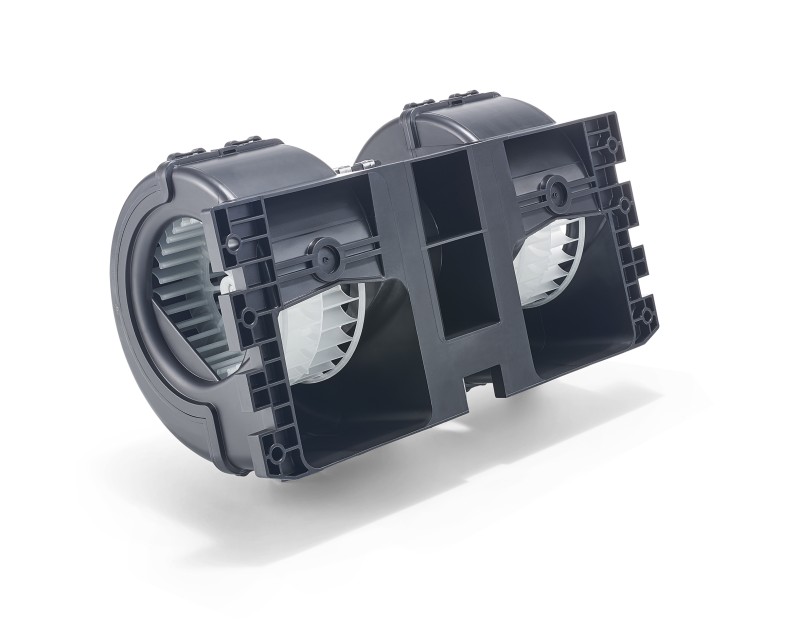
Interior blower
Providing a clear view and pleasant climate inside the vehicle, interior blowers from MAHLE not only play a significant role in terms of comfort, but also for the safety of drivers and front-seat passengers. That’s why it’s so important that they’re produced carefully—to ensure a long service life.
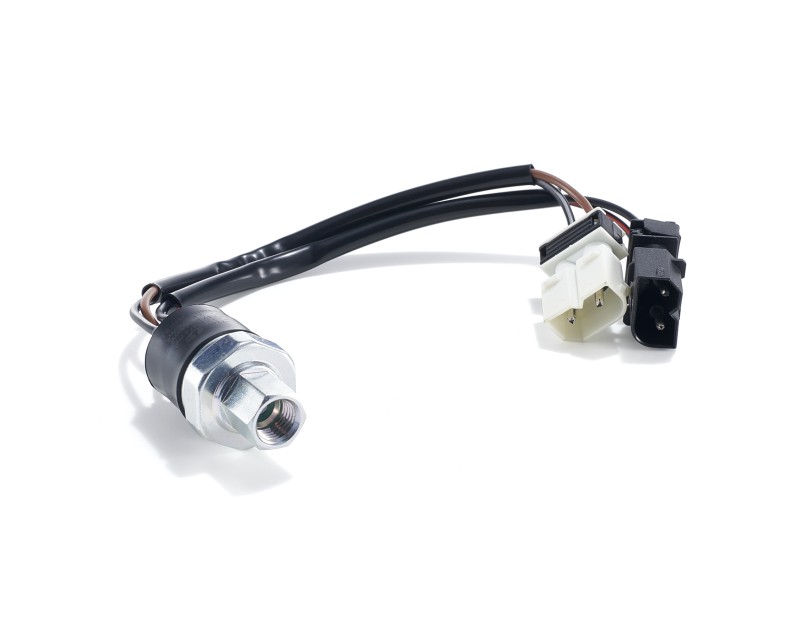
A/C switch
MAHLE A/C switches reliably control various shunt relays and are responsible for switching individual systems components on and off at specified pressure points. This means that the air conditioning can be used safely and effectively at all times and in any conditions.
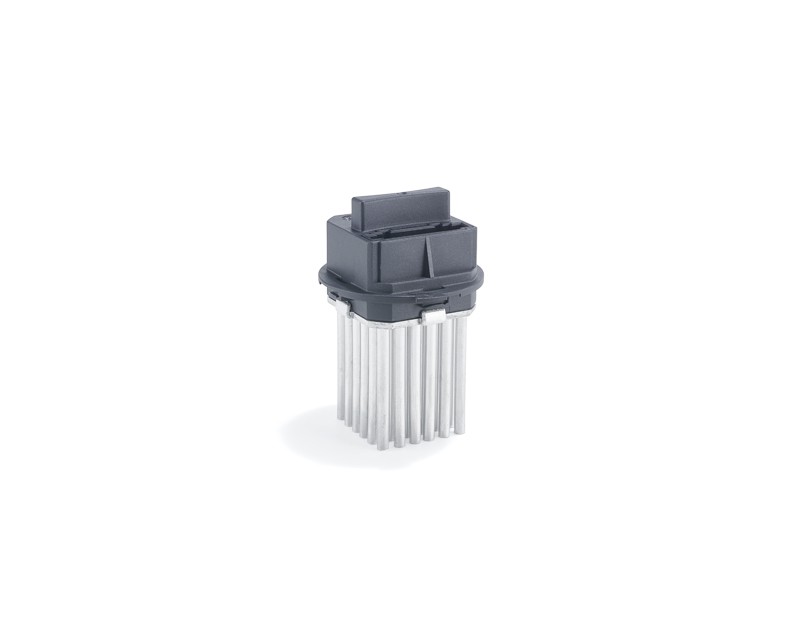
A/C blower control unit and resistor
Blower control units regulate the blower fan and thus the air flow in the passenger cabin. They’re often located near the interior blower or installed directly on the fan. MAHLE offers a number of different control unit variants that work either electrically or electronically.
The electric blower control units have several resistors and, in most cases, an integrated thermal fuse—in case of overload, they’re switched off to protect other components. The electric control units allow the fan to be operated at different speeds.
The electronic blower control units from MAHLE are controlled via a pulse-width-modulated signal. Air conditioning can thus be adjusted thanks to a convenient and continuously variable fan. Another advantage is the integrated self-diagnose: they can determine their own state and report any errors immediately to the control unit.
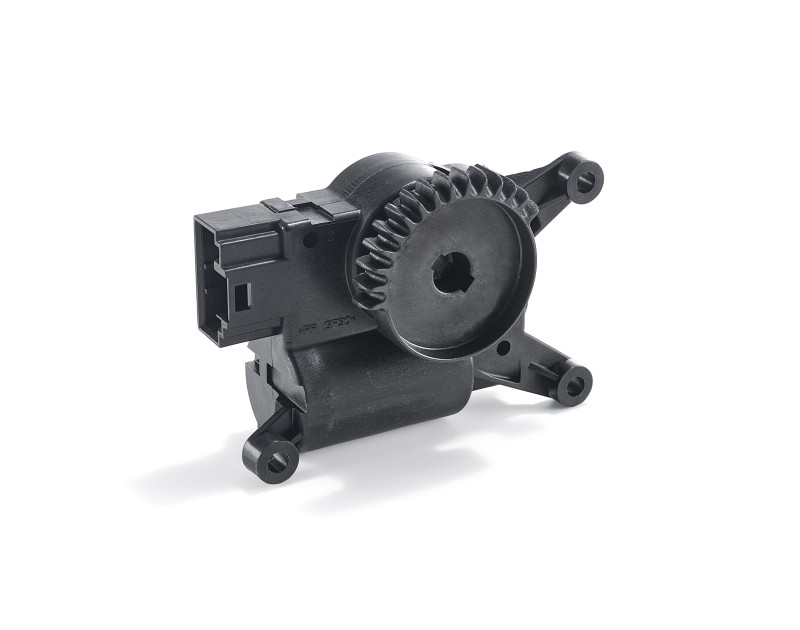
Electric control for blending flap
Electrically driven controls for MAHLE air conditioning systems fulfill even the most stringent demands: they’re primarily used in automatically controlled air conditioning systems to control air flaps or mixing flaps. In this way, they ensure optimal distribution of the air flow within the vehicle cabin. This decreases the risk of windows fogging or freezing up, or of the driver’s concentration being hampered by an uncomfortable cabin climate or air draft.
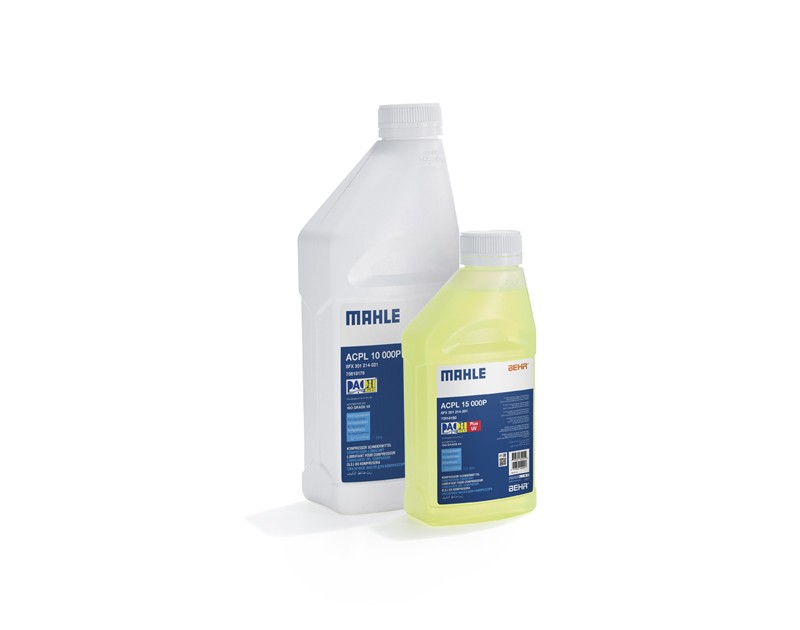
A/C compressor oils
The quality of the A/C compressor oils used is crucial for ensuring that the air conditioning can be used safely and for a long time. The use of low-grade or incorrect oil results in increased wear and may lead to premature failure of the A/C compressor. MAHLE offers a range of synthetic compressor oils. We particularly recommend the PAO 68 oil, which has been used effectively for more than 20 years and helps increase the performance of the air conditioning system. In contrast to other oils, PAO 68 is not hygroscopic—i.e., it does not absorb any moisture from the ambient air. It can replace various PAG oils and can be used in air conditioning systems with R134a and, in some cases, R1234yf. Sometimes it is also found in electrically driven A/C compressors (please see the relevant usage overview). This makes handling significantly easier: for most applications, a version of the PAO 68 oil is sufficient. The full warranty applies to A/C compressors from MAHLE running on PAO 68 oil as well as PAO 68 Plus UV oil.
